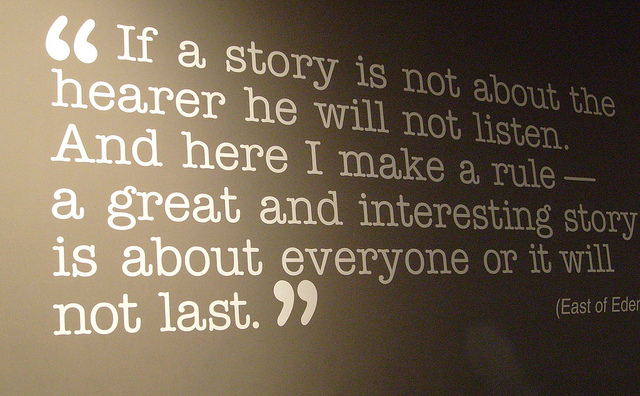
What does “inbound” even mean?
That’s a good question. Let me backtrack a little. When the inbound methodology first hit the scene in the early 2000s, it was all about content. BlogBlogBlog, social media, “Content is king,” blog. The theory was that, in an increasingly digital world (and especially among millennials), disruptive methods like banner ads were becoming passé, and there needed to be another type of marketing that allowed potential customers to find you on their own terms.
And while that theory still stands, the way we approach it has changed. Yes, content is still the best way to attract rather than disrupt, but it’s the way we conceptualize, create, and promote content that makes a difference. Content is only effective if you deliver the right content to the right person at the right time. And the way that marketers achieve that is with data.
The times, they are a-changing
There’s a reason why “Inbound” and “behavior marketing” are used interchangeably. One of the major ways that inbound differs from outbound marketing methods is that it’s easily quantifiable. With outbound, you couldn’t measure how often someone saw a billboard or how many people read their snail mail. Inbound measures something absolute – page views, time spent on page, email opens – so that you can begin to create a better understanding of how to engage with your ideal customer.
But as marketers come up with more and more ways to create a database of user information, even that differentiator is becoming obsolete. So, influencers at Inbound 2017 begged the question: are we getting so bogged down in data that we’re forgetting what makes the inbound methodology successful?
Everyone loves a good story

Inbound marketing became revolutionary because it turned the client relationship on its head. For the first time, the customer was in charge. Because when they are, they trust your company more, buy more, and advocate for your business more.
That’s where content comes in – it delivers pieces of a story that potential customers feel that they can explore and take part of. It gives your company a human element with which people can make a genuine connection. So, as we create these campaigns that are carefully structured to measure data points, never forget how they fit into your brand’s storytelling technique.
Does your story need a refresh? Ask yourself these questions:
- Do your customers engage with your brand?
- Can you describe your story in less than 30 seconds?
- What about your story differentiates you from your competitors?
- Who is the hero in your story? Who is the villain?
- Do you create alternate versions of your story to test what works best?
If you had difficulty answering these, it may be worth your time to figure out how your marketing efforts contribute to a cohesive brand message. Look to your data, but don’t forget what it means. The “facts” may be measurable, but they’re not what compels a customer to choose you over anyone else. A clickthrough rate is not the goal; engagement is.
So, what’s your story?